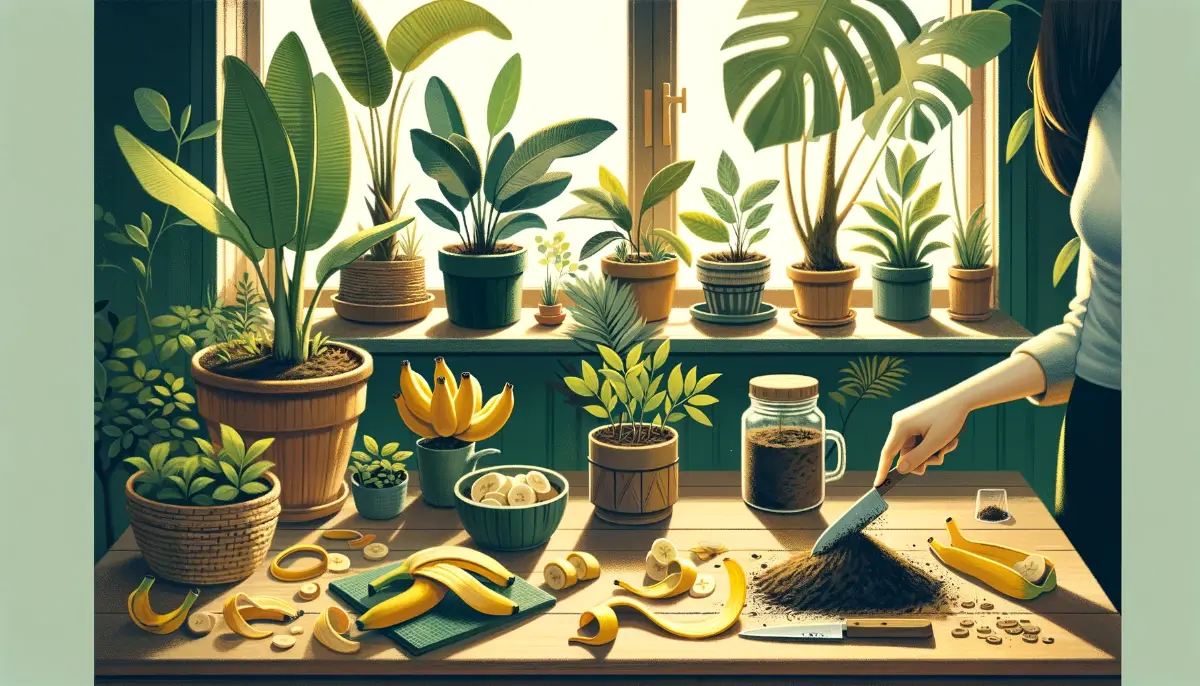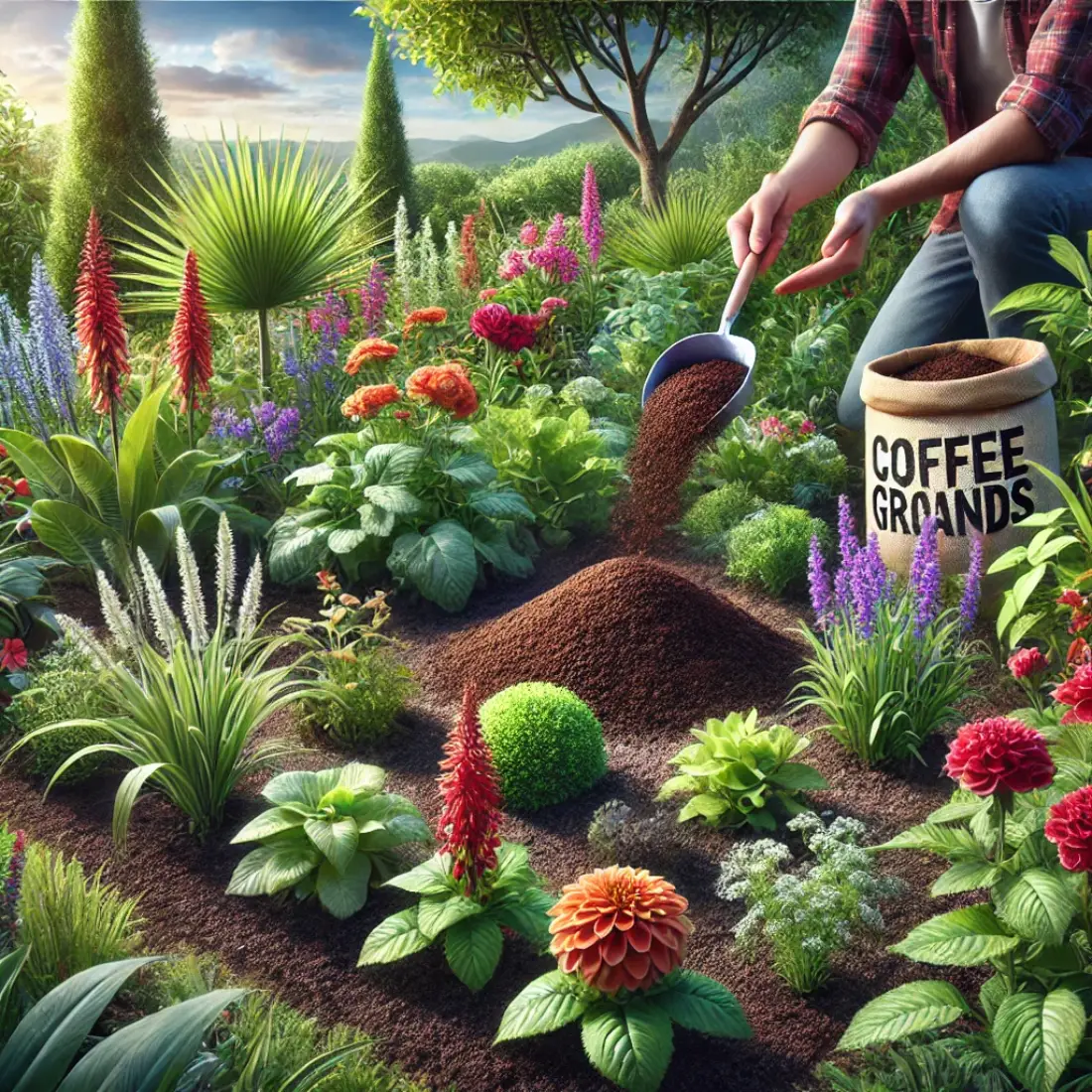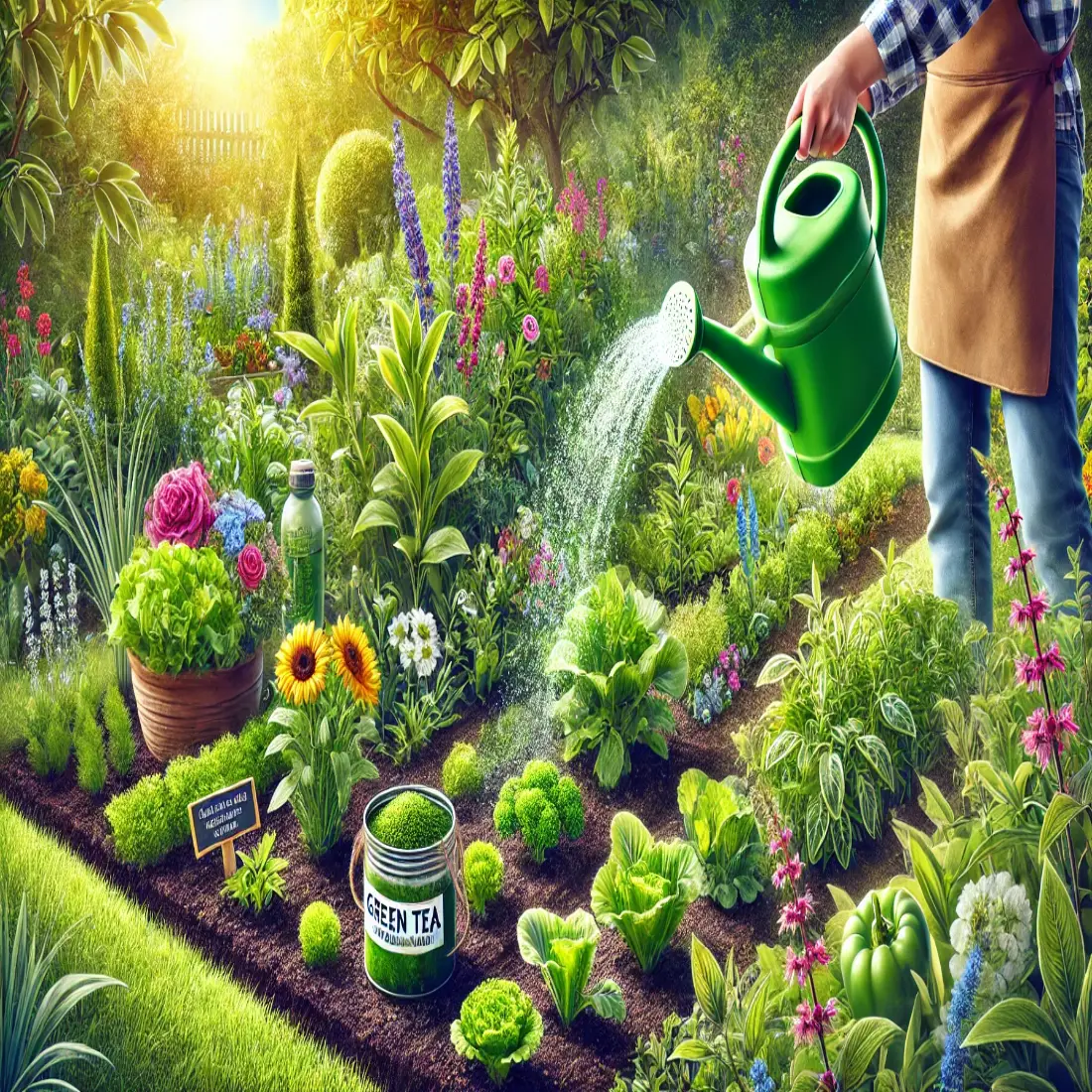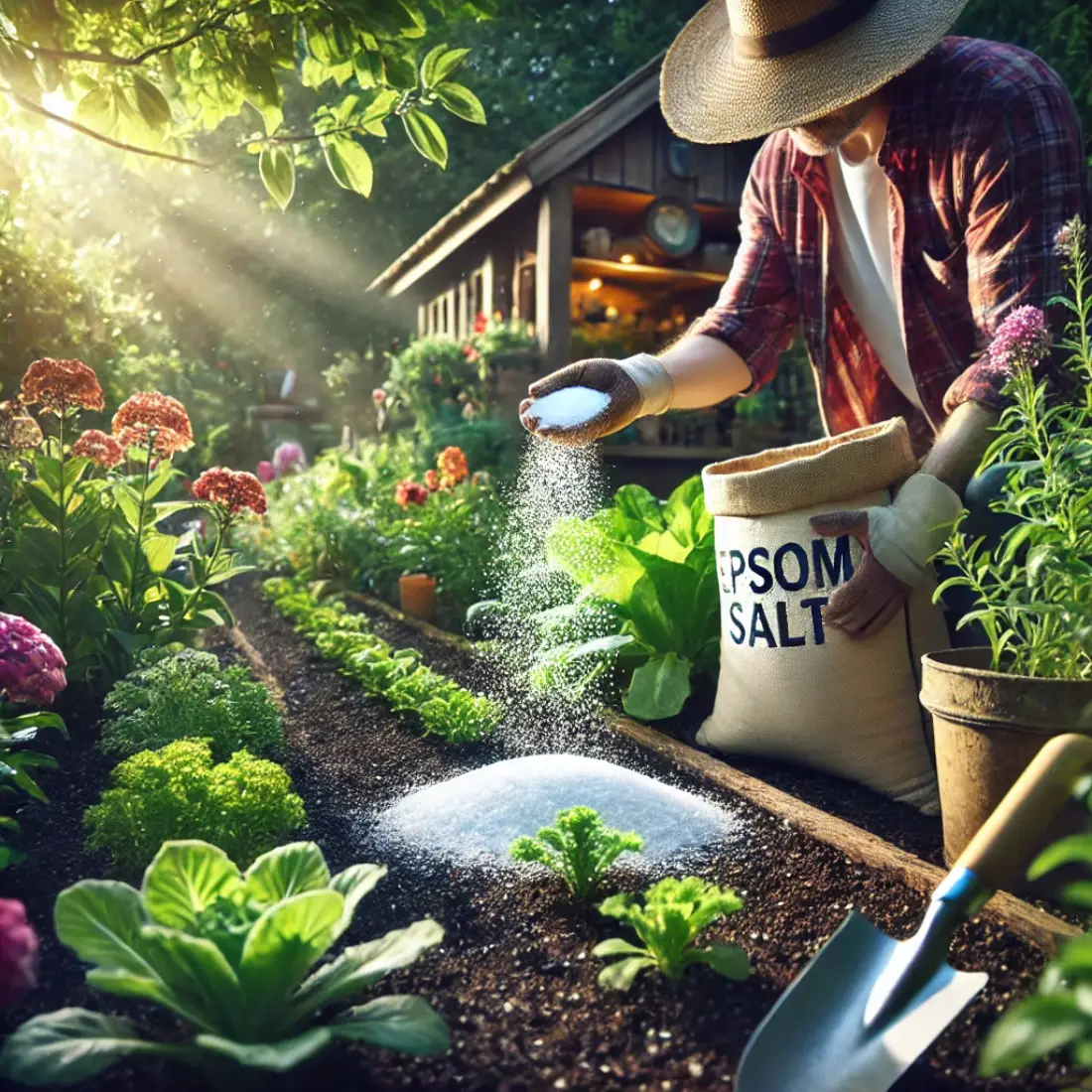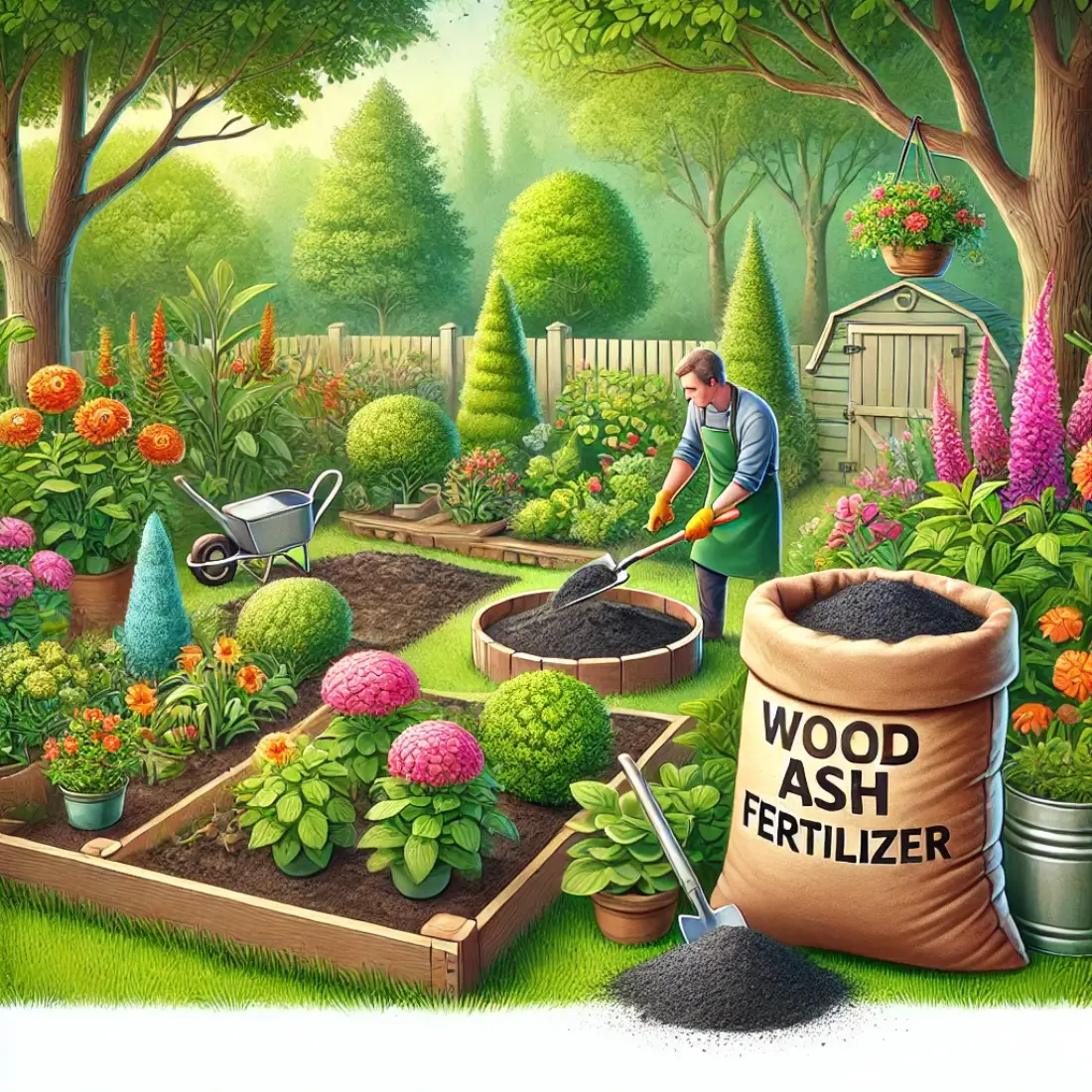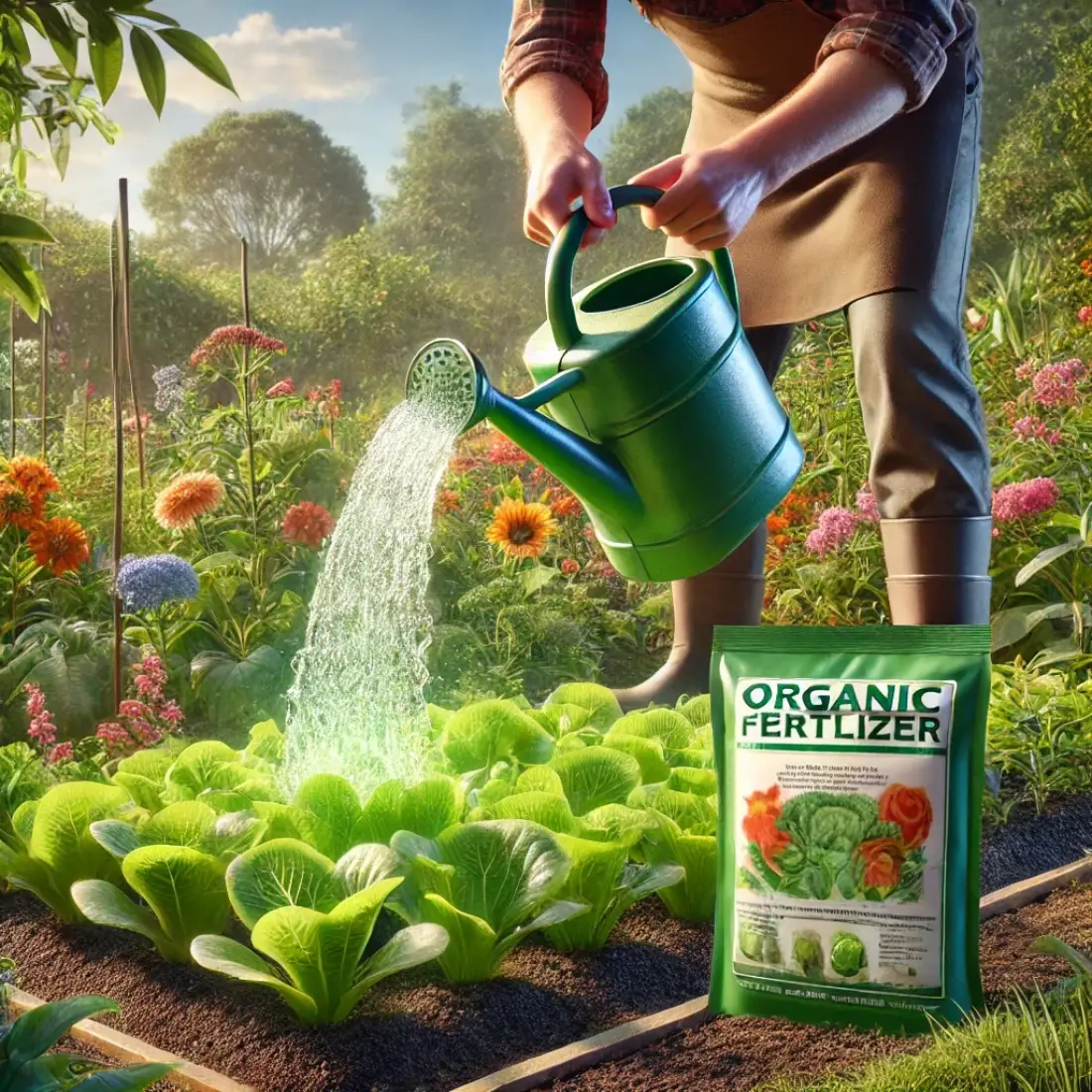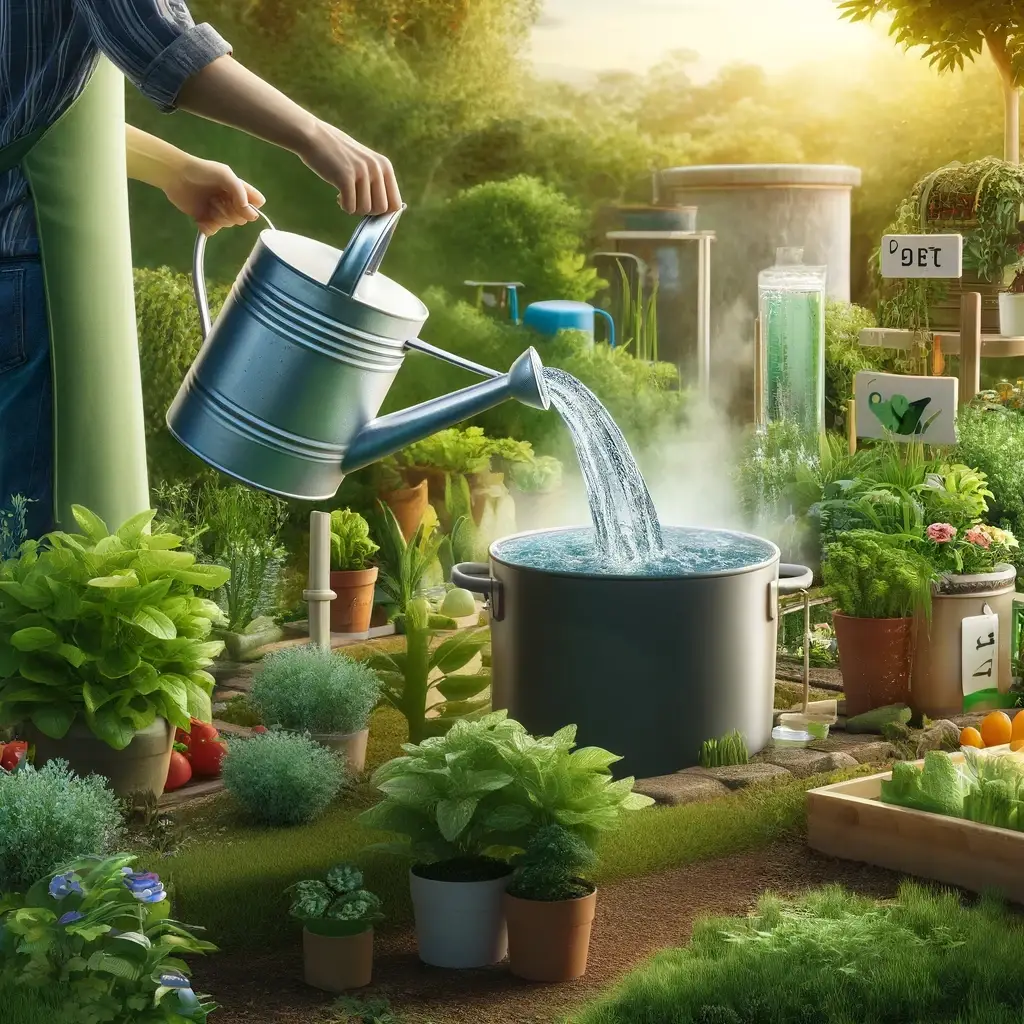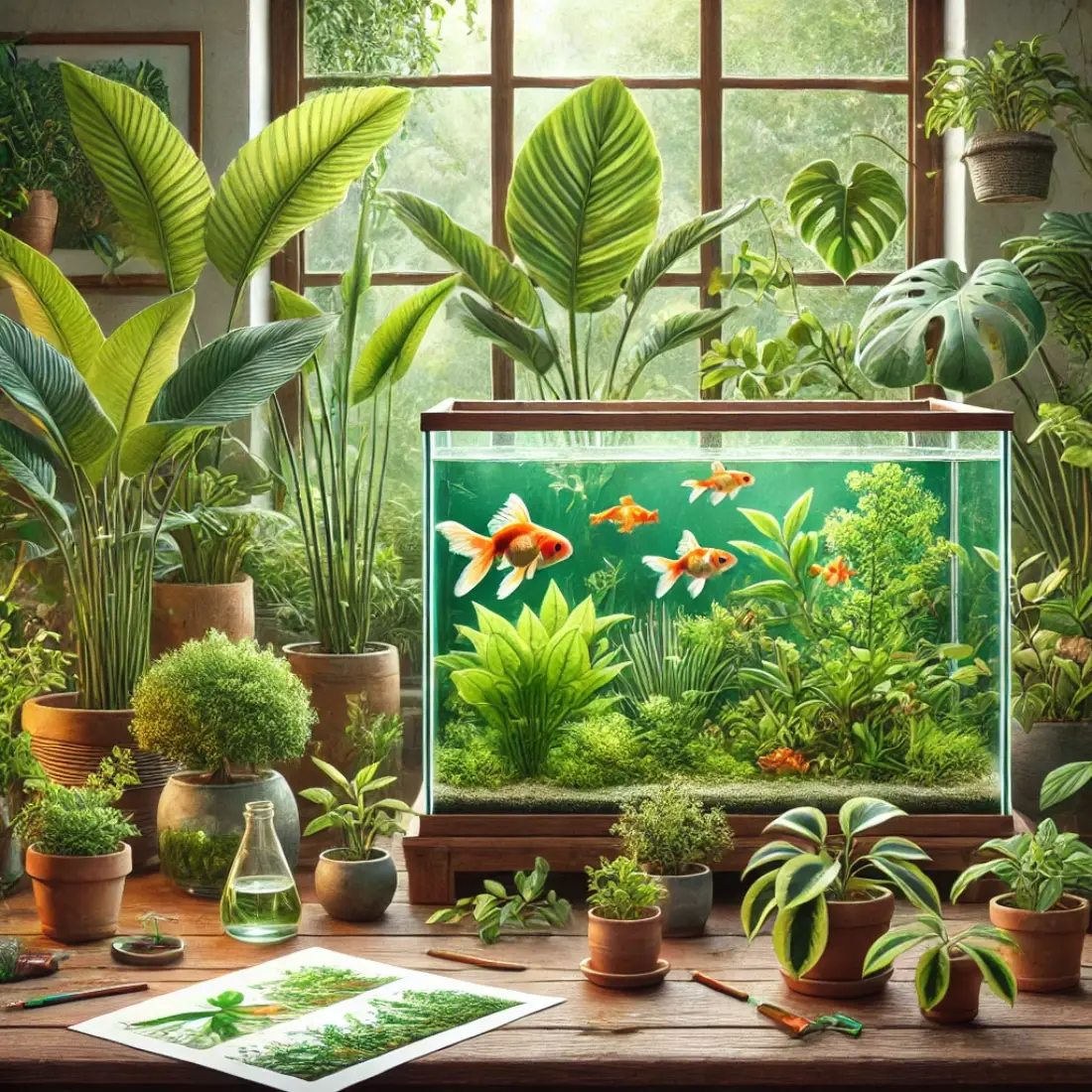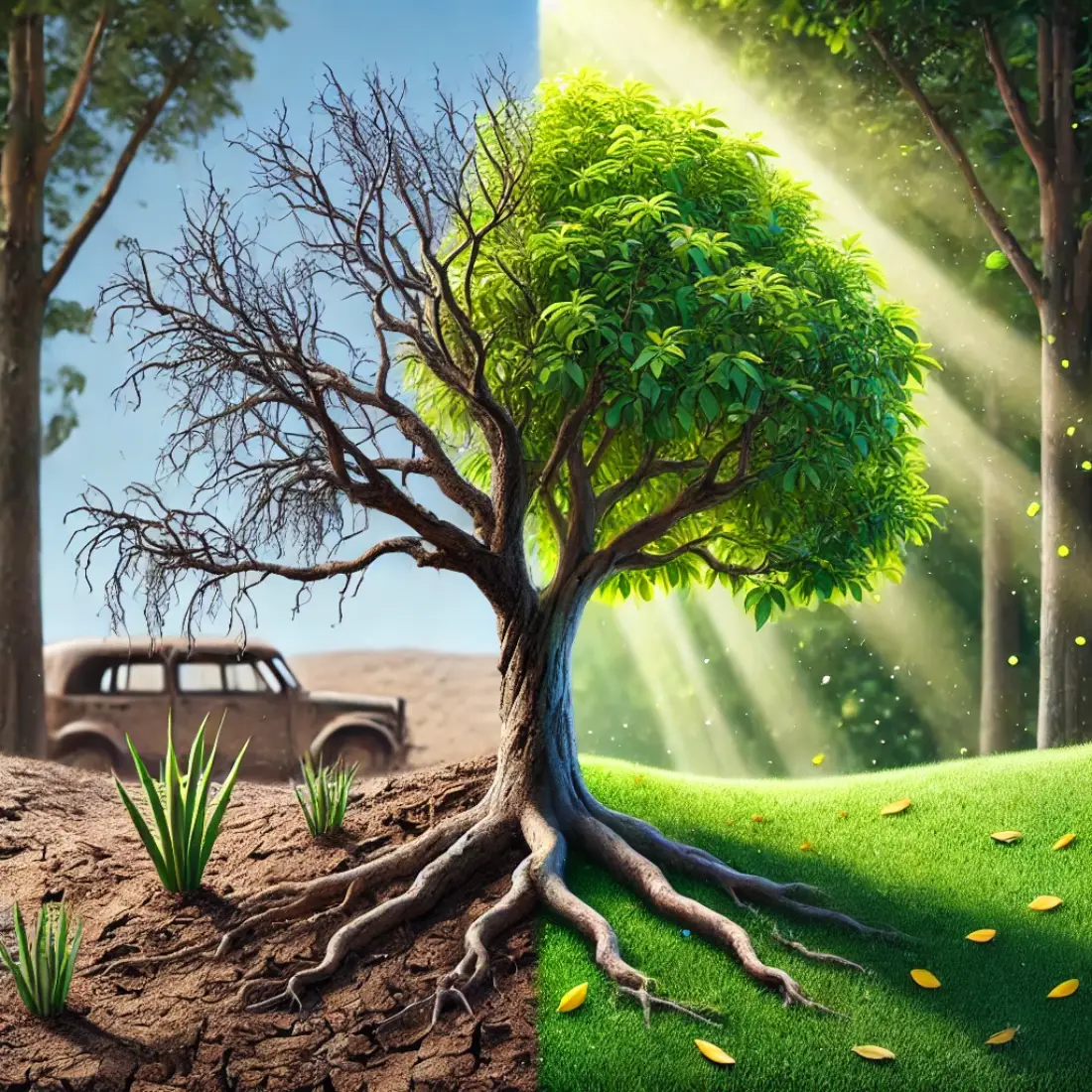Keeping indoor plants lush and healthy doesn’t have to mean spending money on expensive fertilizers. Many natural, nutrient-rich ingredients are hiding in your kitchen right now!
Homemade fertilizers are an eco-friendly, budget-friendly way to give your plants the essential nutrients they need—without the harsh chemicals found in synthetic plant food.
By using common household scraps like banana peels, eggshells, and coffee grounds, you can boost plant growth, improve root health, and encourage vibrant foliage naturally.
- Homemade fertilizers provide a natural and sustainable way to nourish indoor plants.
- Everyday household items like banana peels, coffee grounds, and eggshells offer essential nutrients.
- Different fertilizers suit different plant types—some need more nitrogen, while others thrive on potassium or calcium.
- Over-fertilization can harm plants—proper application and dilution are essential.
- Natural fertilizers improve soil health and promote beneficial microbes.
Understanding What Indoor Plants Need
To keep your indoor plants thriving, it’s important to provide the right balance of nutrients:
Macronutrients (Essential for Growth):
- Nitrogen (N): Promotes leafy green growth (essential for ferns, pothos, and monstera).
- Phosphorus (P): Encourages root strength and flowering (vital for orchids, succulents, and peace lilies).
- Potassium (K): Improves disease resistance and supports healthy blooms (perfect for African violets, roses, and hibiscus).
Micronutrients (Vital for Plant Health):
- Calcium (Ca): Strengthens cell walls and prevents root rot.
- Magnesium (Mg): Boosts photosynthesis and leaf color.
- Iron (Fe): Prevents yellowing leaves and promotes rich green foliage.
10 Best Homemade Fertilizers for Indoor Plants
1. Eggshells – A Natural Calcium Booster
Why Use It?
Eggshells are loaded with calcium, which strengthens cell walls and helps prevent issues like blossom end rot.
Best for:
✅ Tomatoes, peppers, and eggplants (prevent calcium deficiency).
✅ Snake plants and succulents (improve root strength).
How to Use:
- Dry and crush eggshells into powder.
- Sprinkle into the soil or mix into your potting mix for a slow-release calcium boost.
2. Banana Peels – A Potassium Powerhouse
Why Use It?
Banana peels contain potassium and phosphorus, which promote strong roots and better resistance to disease.
Best for:
✅ Flowering plants like orchids, roses, and African violets.
✅ Fiddle leaf figs and rubber plants for stronger root development.
How to Use:
- Chop peels and bury them in the soil.
- Soak in water for 24 hours to make a banana peel tea and use as a liquid fertilizer.
3. Coffee Grounds – A Nitrogen-Rich Boost
Why Use It?
Used coffee grounds add nitrogen, which is essential for lush, green foliage.
Best for:
✅ Acid-loving plants like ferns, azaleas, and peace lilies.
✅ Leafy plants like pothos, philodendrons, and monsteras.
How to Use:
- Let used coffee grounds dry and sprinkle them over the soil.
- Brew a weak coffee ground tea by steeping grounds in water and using it as a liquid fertilizer.
4. Green Tea – A Treat for Acid-Loving Plants
Why Use It?
Green tea is packed with antioxidants and helps lower soil pH, making it great for plants that prefer acidic conditions.
Best for:
✅ Ferns, azaleas, and begonias (acid-loving plants).
✅ Spider plants and pothos for improved leaf health.
How to Use:
- Mix used tea leaves into the soil.
- Brew weak green tea and use it as a watering solution once a month.
5. Molasses – A Microbial Superfood
Why Use It?
Molasses is rich in calcium, magnesium, and iron, and it feeds beneficial soil bacteria that help plants absorb nutrients better.
Best for:
✅ Orchids, peace lilies, and African violets for better flowering.
✅ Jade plants and succulents for stronger root health.
How to Use:
- Mix 1 tablespoon of molasses per gallon of water and use it as a liquid fertilizer once a month.
6. Epsom Salt – The Magnesium Boost
Why Use It?
Epsom salt supplies magnesium and sulfur, crucial for chlorophyll production and nutrient absorption.
Best for:
✅ Palm trees, spider plants, and pothos for greener leaves.
✅ Peppers and tomatoes to prevent magnesium deficiency.
How to Use:
- Dissolve 1 tablespoon in a gallon of water and use it once a month.
7. Wood Ash – A Natural Source of Potassium
Why Use It?
Wood ash is an alkaline fertilizer that provides potassium and calcium, improving root strength and disease resistance.
Best for:
✅ Flowering plants like African violets, roses, and orchids.
✅ Herbs like basil and thyme for better growth.
How to Use:
- Sprinkle a thin layer of wood ash over the soil.
8. Gelatin Powder – An Unconventional Nitrogen Source
Why Use It?
Unflavored gelatin is packed with nitrogen, which promotes leaf and stem growth.
Best for:
✅ Snake plants, spider plants, and monstera for lush green foliage.
How to Use:
- Dissolve gelatin in water and use as a slow-release fertilizer once a month.
9. Used Cooking Water – A Hidden Nutrient Source
Why Use It?
Water from boiling vegetables, rice, or eggs contains calcium, phosphorus, and nitrogen that plants love.
Best for:
✅ Most houseplants (as long as the water is unsalted).
How to Use:
- Let the water cool, then use it to water plants.
10. Aquarium Water – A Complete Organic Fertilizer
Why Use It?
Discarded aquarium water is rich in nitrates and phosphates, making it an excellent all-in-one fertilizer.
Best for:
✅ All indoor plants, including flowering and leafy greens.
How to Use:
- Use discarded aquarium water to water plants once a month.
FAQs on Homemade Fertilizers for Indoor Plants
1. Can I use eggshells as fertilizer for all indoor plants?
Yes, but eggshells are especially beneficial for plants that need extra calcium, such as tomatoes, peppers, and succulents. They help strengthen cell walls and improve root health. However, plants that prefer acidic soil, like ferns and azaleas, may not benefit as much.
2. How often should I use banana peel fertilizer?
Banana peel fertilizer is best applied every 4-6 weeks. If using banana peel tea, apply it once a month to avoid overloading the soil with potassium.
3. Can I use coffee grounds for all plants?
No, coffee grounds acidify the soil, so they work best for acid-loving plants like ferns, azaleas, and peace lilies. Avoid using them on succulents and cacti, as they prefer neutral to slightly alkaline soil.
4. How do I use molasses as a fertilizer?
Mix one tablespoon of molasses per gallon of water and use it to water plants once a month. This helps feed beneficial soil microbes, which improve nutrient absorption.
5. Can I apply Epsom salt to all indoor plants?
Not all plants need Epsom salt. It is mainly useful for plants showing magnesium deficiency, which causes yellowing leaves. Use once a month for palms, peppers, tomatoes, and pothos. Avoid using it on plants that don’t need extra magnesium.
6. What are the signs of over-fertilization in indoor plants?
Over-fertilization can cause:
✅ Yellowing leaves
✅ Browning or burned leaf edges
✅ Stunted growth
✅ Salt buildup on the soil surface
If you notice these signs, reduce fertilizer use and flush the soil with water.



